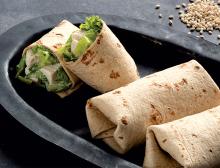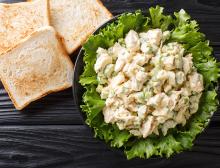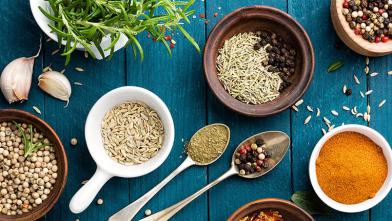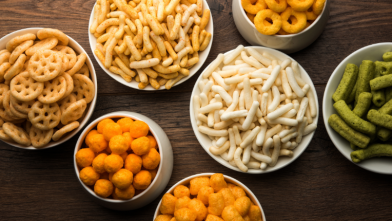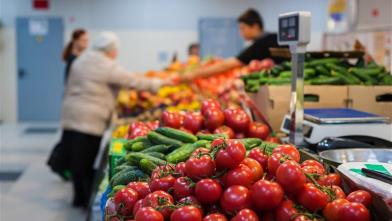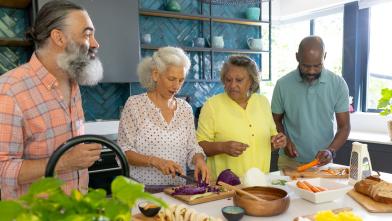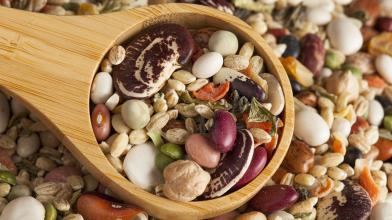How to Cook a Chicken
by
The Diabetes Food Hub Team
Chicken is one of the most budget-friendly and diabetes-friendly meats available. It's also easy to prepare and tasty, too! Having cooked chicken on hand makes preparing protein-packed meals a cinch. Precooked rotisserie chickens are widely available, but the sodium content is usually very high. Cooking a whole chicken at home is easier than you think, and lets you control the ingredients. Read on to learn our simple method for Roasting a whole chicken, plus 5 recipes that you can make with your leftover cooked chicken.
You can buy whole chickens at the store fresh or frozen. They are usually about 3-5 pounds in size. If you purchase a frozen chicken, be sure to thaw it before roasting.
The safest way to thaw a whole chicken is in the refrigerator. Plan ahead! Thawing a whole chicken usually takes at least 24 hours.
Directions
- Preheat oven to 450 degrees. Coat a 9x13 baking dish with cooking spray.
- Remove giblet and neck from chicken cavity. You can discard these, or save them for making chicken broth. Pat the skin dry with a paper towel.
- Place chicken breast-side up into the pan and lightly spray the skin with cooking spray.
- Bake in oven for 20 minutes. After 20 minutes reduce heat to 350 degrees and bake chicken additional 45 minutes or until the internal temperature of the thigh meat is 165 degrees F.
- Remove the chicken from the oven, cover it with foil, and let it rest for 20 minutes.
- Once the chicken has rested, remove and discard the skin and carve or pull all of the meat from the bones.
- Store the meat in an airtight container in the refrigerator for up to 1 week or pack in freezer bags or containers and store in the freezer up to 3 months.
Safety First!
Consuming raw or undercooked meats, poultry, seafood, shellfish, or eggs may increase your risk of foodborne illness. To make sure that the chicken is fully cooked through, you'll want to use a meat thermometer to check the internal temperature of the thigh (the breast meat cooks faster than the thigh meat, so you'll want to make sure that the thigh is cooked though).
To check the temperature, insert the thermometer into the thickest part of the thigh, making sure not to touch the bone. and you want to ensure the whole chicken is cooked to 165 degrees (safe temperature of doneness for chicken) before serving.
Making Chicken Broth
Don't throw away the carcass! You can use the carcass (and giblets and neck) to make your own chicken broth. Simply throw all of the bones and scraps into a large pot with some roughly chopped vegetables or vegetable scraps and enough water to cover everything by 1-2 inches, then simmer it for at least 30 minutes (or up to several hours).
Traditional broth is made with carrots, onion, and celery, but you could also add garlic, peppers, leeks, dried or fresh herbs, and spices like black peppercorns. For even more flavor, roast the vegetables for your broth alongside the chicken.
Recipes




